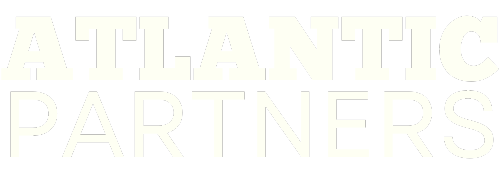The Single Most Important Thing a European Company Should Consider to Succeed in the US
The US market is very large, with over 330 million people and a Gross Domestic Product (GDP) that is 25% larger than the EU and UK combined. The State of California alone, with almost 40 million people, has a GDP that is larger than either the UK or Germany. The US is distinguished not only by its size, but also its relative uniformity and the dominance of large national online and storefront retailers— from Amazon, Costco, Walmart and Target, to CVS drugstores and Dick’s Sporting Goods. With the exception of a few regional chain restaurants that feature a local cuisine, very few businesses with the resources for a national operation function on just a regional basis.
Yet any European business thinking of launching into the US with a mainstream, frontal approach should think twice about that strategy for several reasons, including operational expense and the longer runway needed to gain initial traction. While European products and services are generally held in high regard for product quality, the US is an intensively competitive and “noisy” market and new entries must have a viable unique selling proposition (USP) that succinctly delineates why its product or service is different from anything else on the market. And significantly, a USP that resonates in Europe does not necessarily translate well to the “hype and hurrah” of the US consumer market.
The hard truth these days is that there are very few truly different and innovative products. But even in these cases, innovative new entrants must still prove their cost benefit market proposition. What might sell well in bicycle-crazy Scandinavian countries— even at premium pricing— might stall in the USA. None of this precludes the opportunity, however, for a savvy European company with a quality product to create a powerful and unique branding relationship with a specific customer segment.
European companies interested in the USA market must first establish an initial customer beachhead from which they might eventually expand into other niches, or stay focused on and increase market share. Indeed in almost all instances segmenting the US market and focusing on a specific customer niche and demographic ( but not geographic) is absolutely the number one key for a successful US launch. On a larger scale, Volvo is the perfect example of a European company that segmented the market on the basis of those most interested in car safety. They created the perfect branding symbiosis in the car industry of automobiles and safety. The same thing can be achieved over time by companies of all sizes.
The benefits of a launch market segmentation approach are many, including a lower and more cost effective marketing investment. By operating within a tighter customer silo, you are likely to enjoy greater velocity in all-important word of mouth advertising, the most impactful marketing element of them all. You will also benefit from lower manpower and operational expenses, quicker response time to react to specific customer needs and wants, and a shorter runway to being cash flow positive. Companies that align themselves with a specific demographic— say, young female professionals— gain a deeper understanding of their prospects and accrue better insights as to their personal values, pricing constraints, shopping habits and which social media platforms they prefer.
It takes upfront research by experts familiar with the US market to identify your optimal market niche. There are almost an endless number of options for market segmentation, but generally upon research only one or two make the most sense. What’s critical is the set of metrics you base your segmentation selection on. The size and accessibility of the sector is of course important, as well as the competitive presence. Another key metric is the connectivity, or tribalness, of a given niche— which can allow you to accomplish a lot with a modest investment.
Once you’ve identified your optimal market sector, you then want to drill down with a targeted marketing plan that has a compelling product narrative and rationale. You also want a key message map that resonates with the core values of your chosen niche. You must identify which brand descriptors have the greatest impact, and have a focused distribution strategy that fits your audience’s shopping preferences. If you’ve correctly done your upfront homework, your marketing focus and investment will foster accelerating growth and ever-stronger brand loyalty.
America is a vast market that is there for the taking for smart, ambitious European companies with a solid product or service that make the investment in upfront research and discovery. Ironically, often the best way to succeed is to corral your initial ambitions by focusing first on a single specific market niche.
Ralph Fascitelli and Leigh Fatzinger
Co-founders, Atlantic Partners
ralph@atlanticpartners.us
